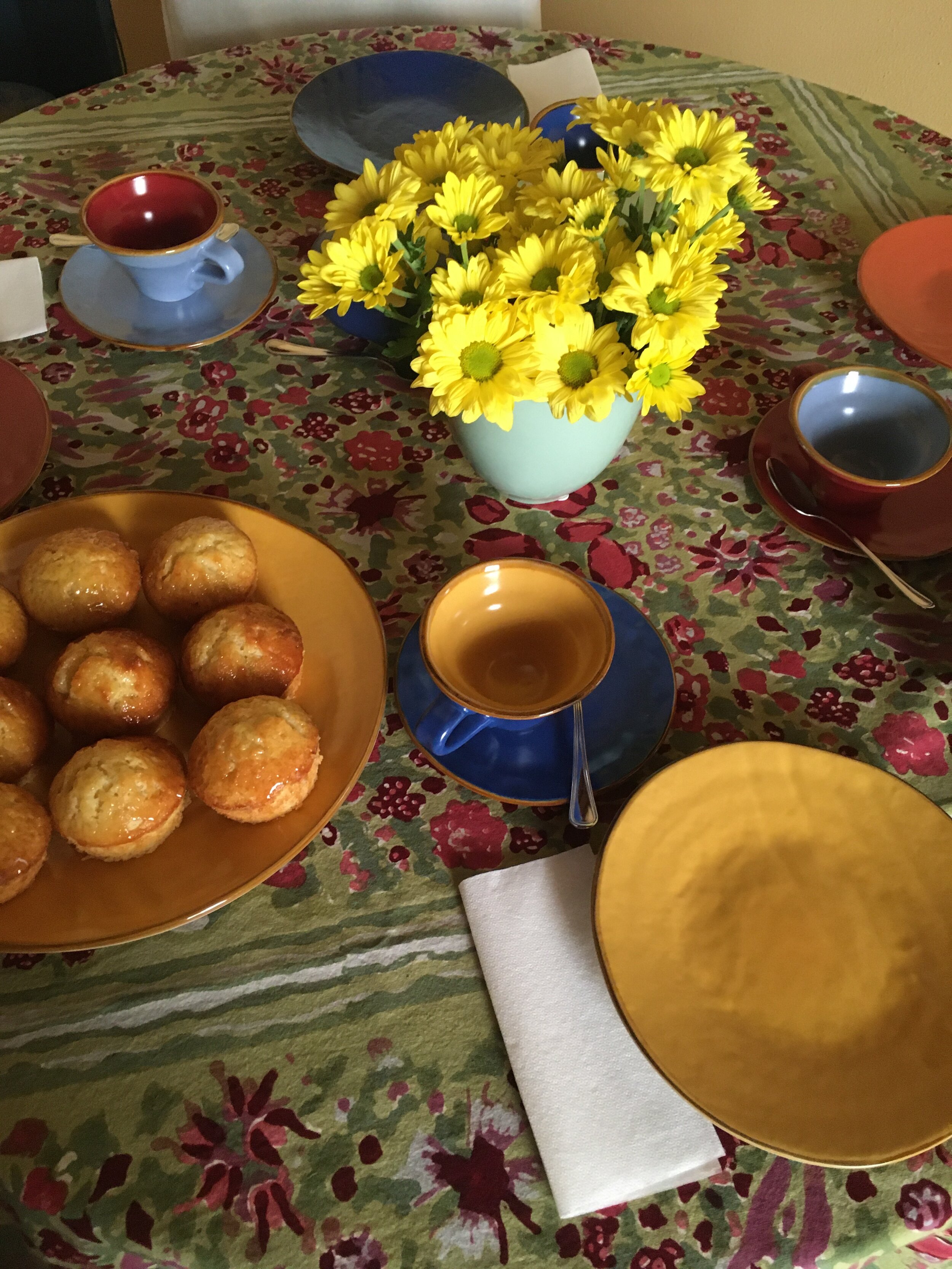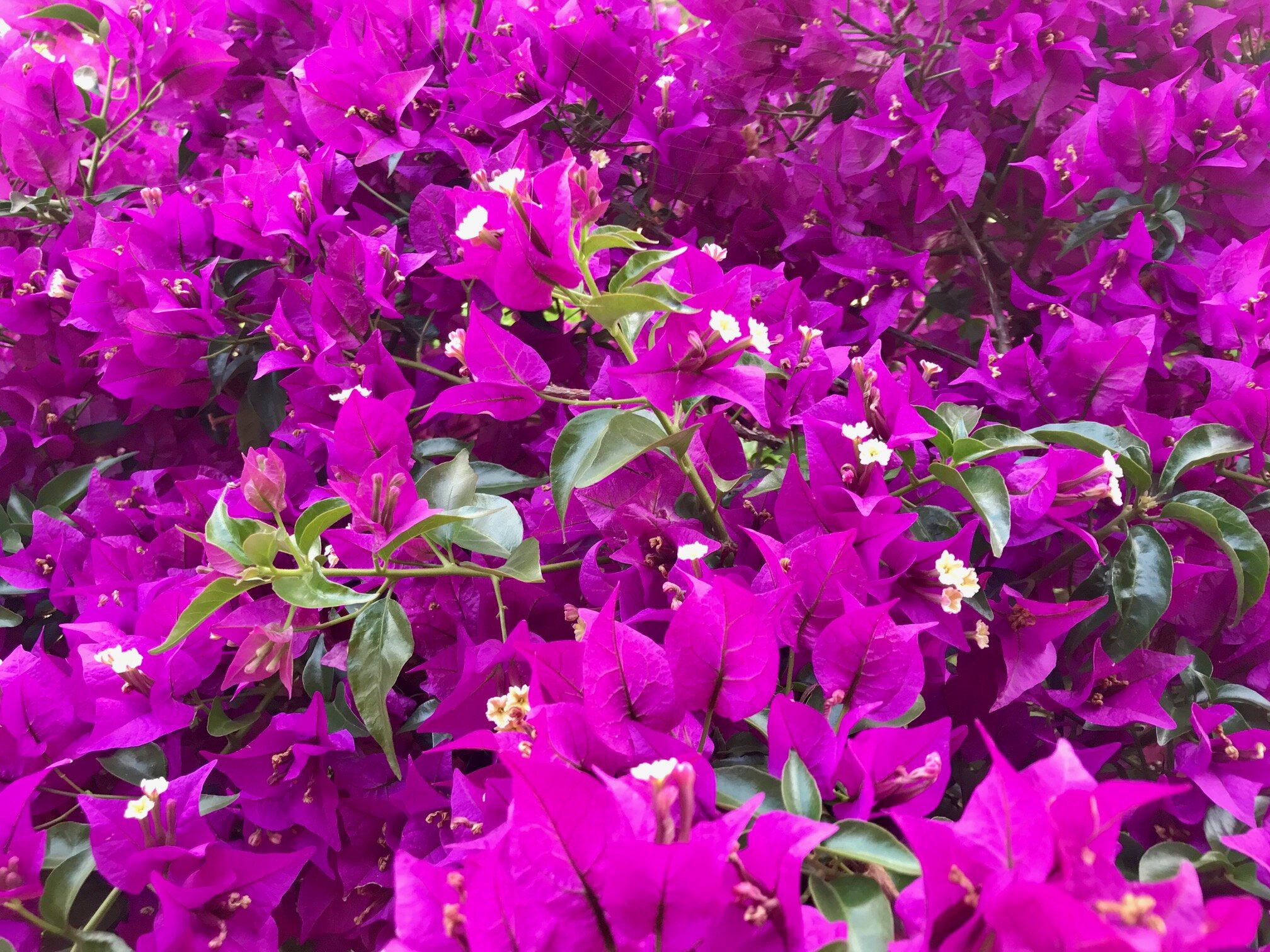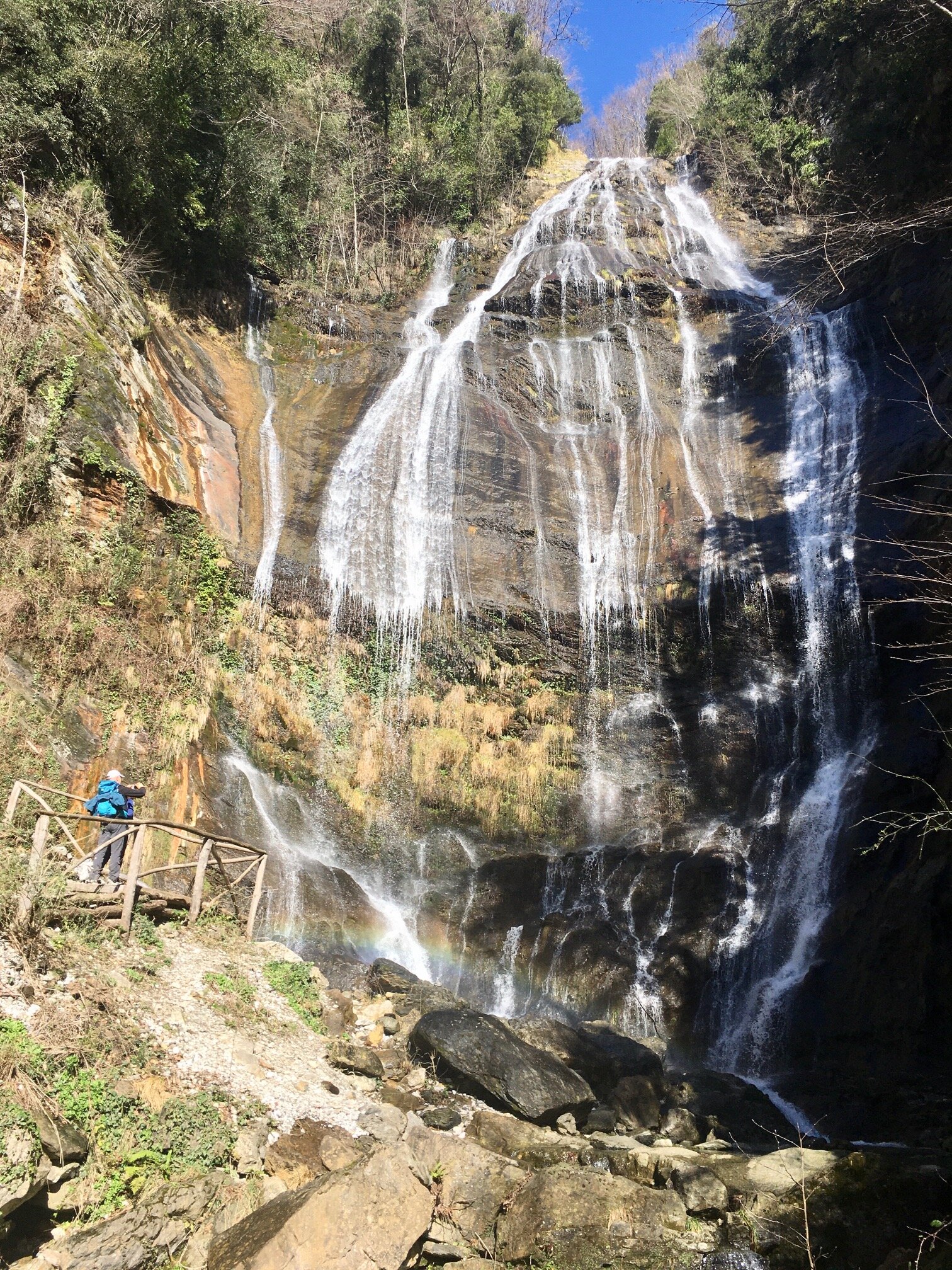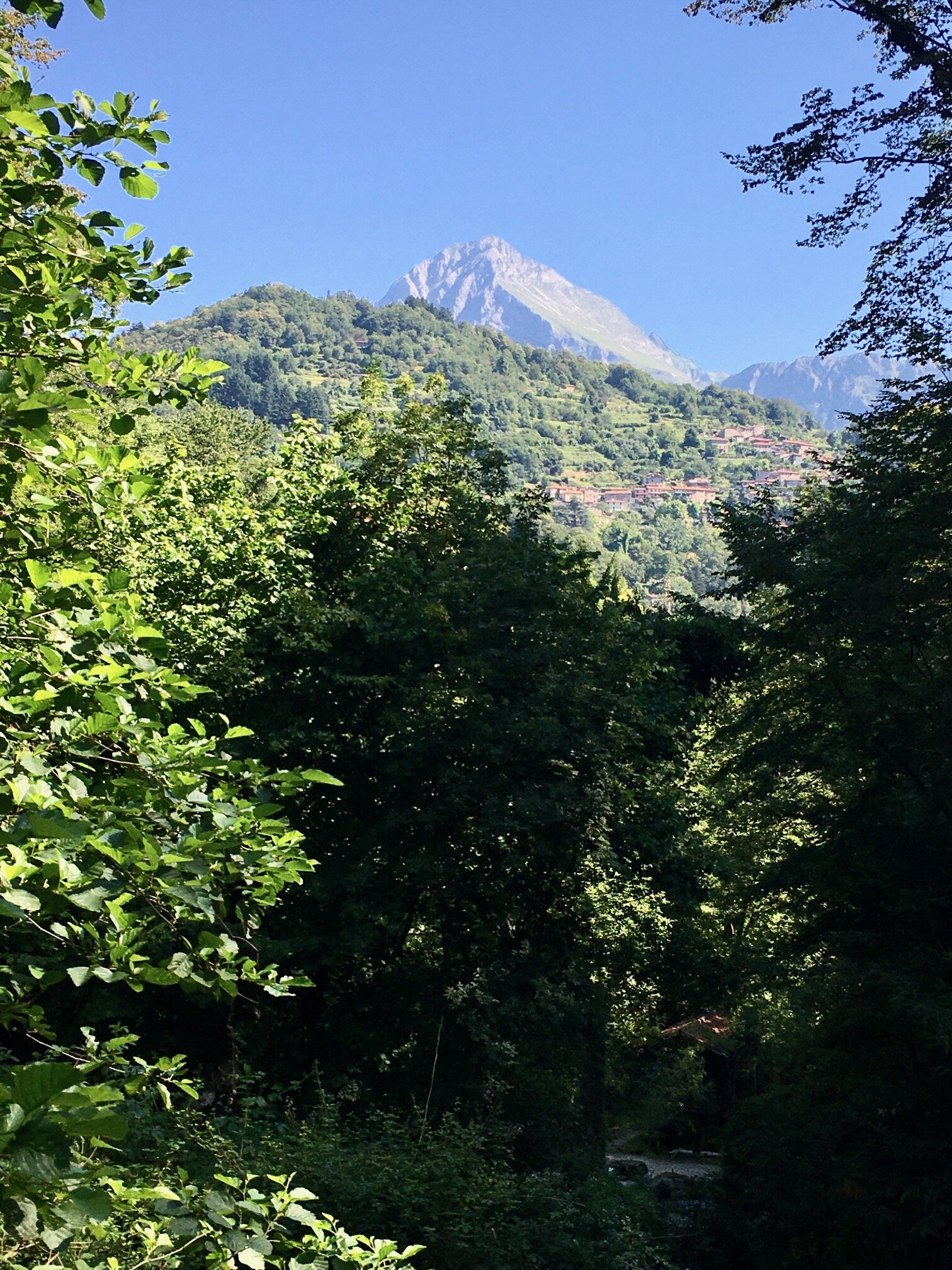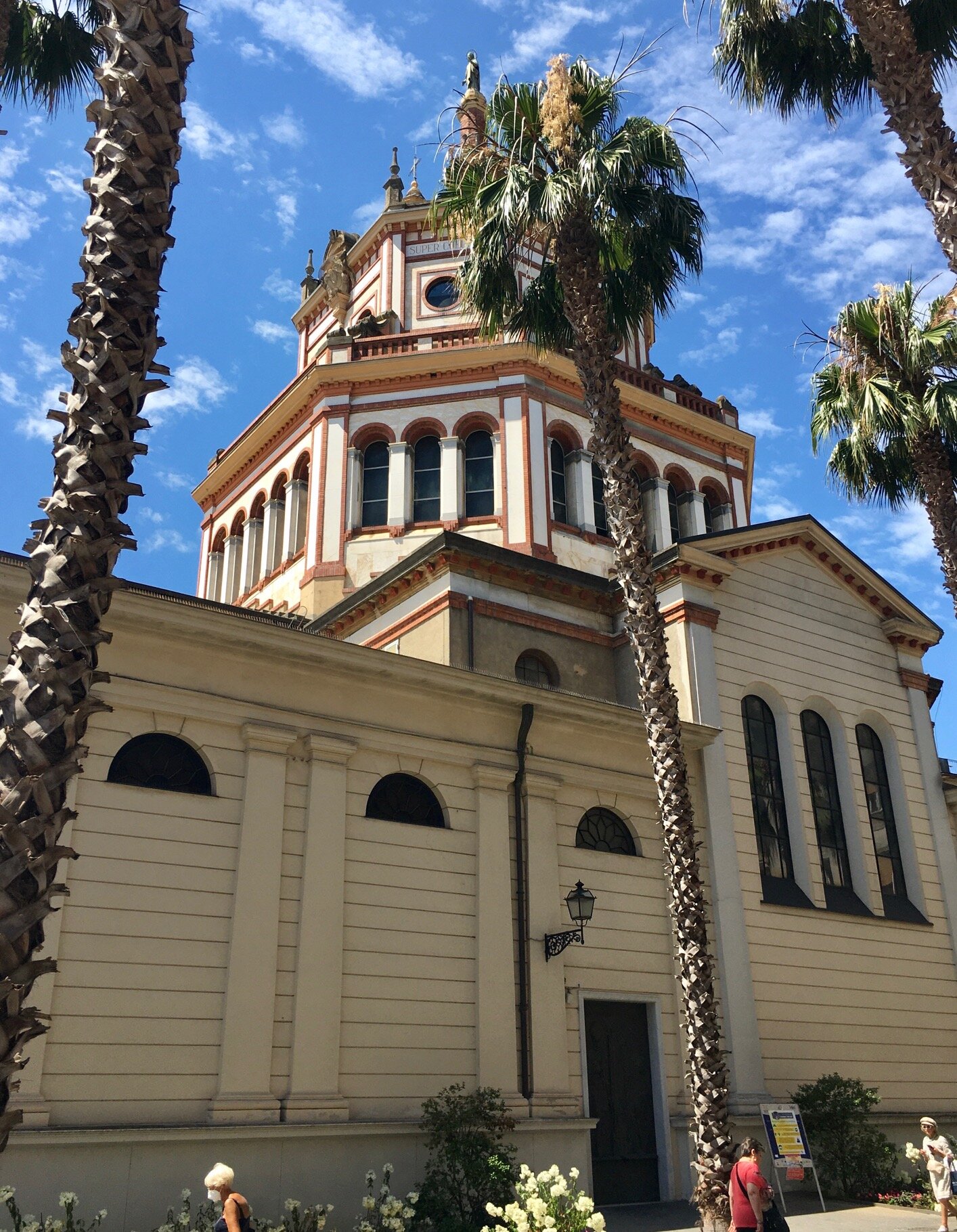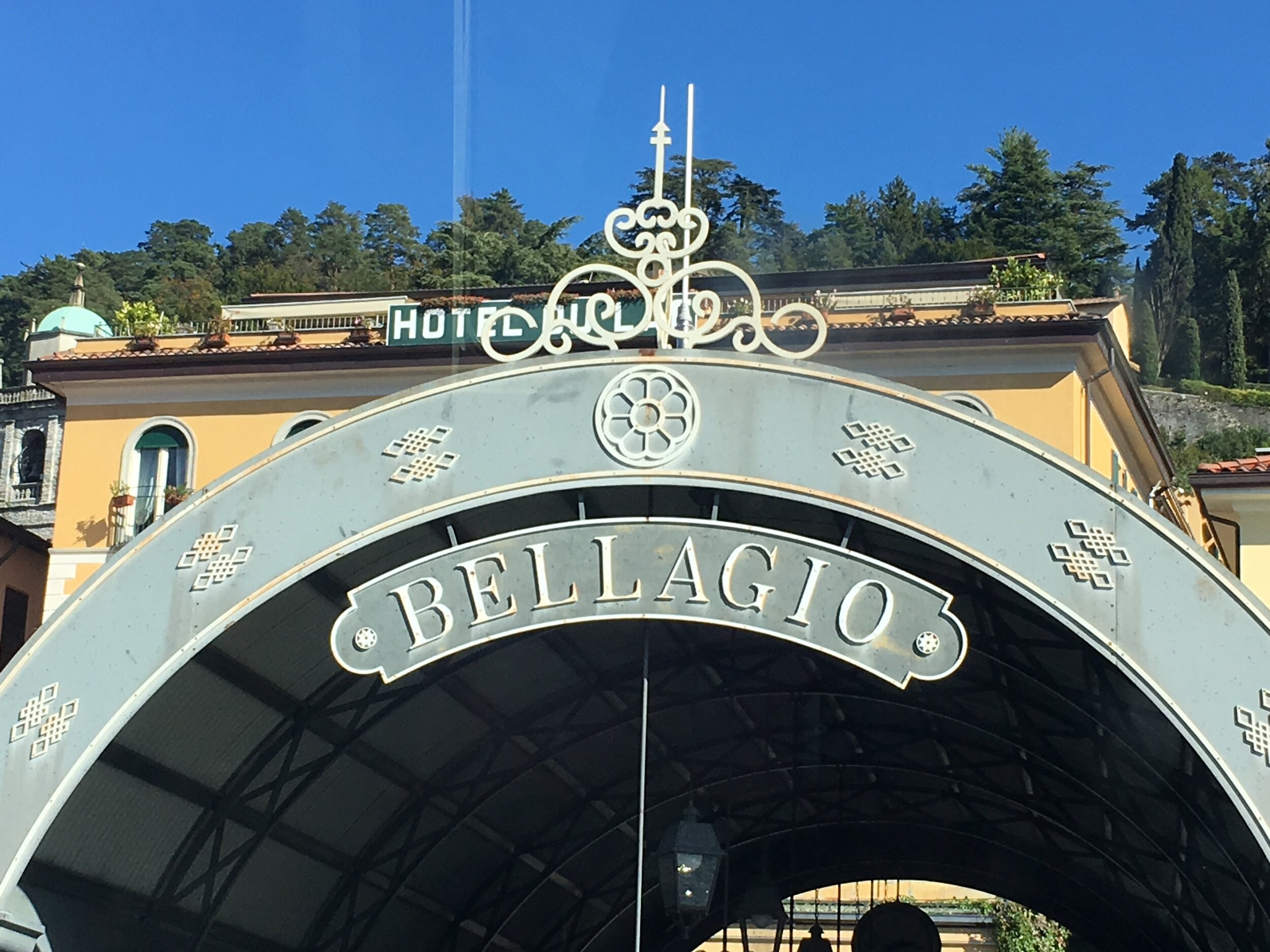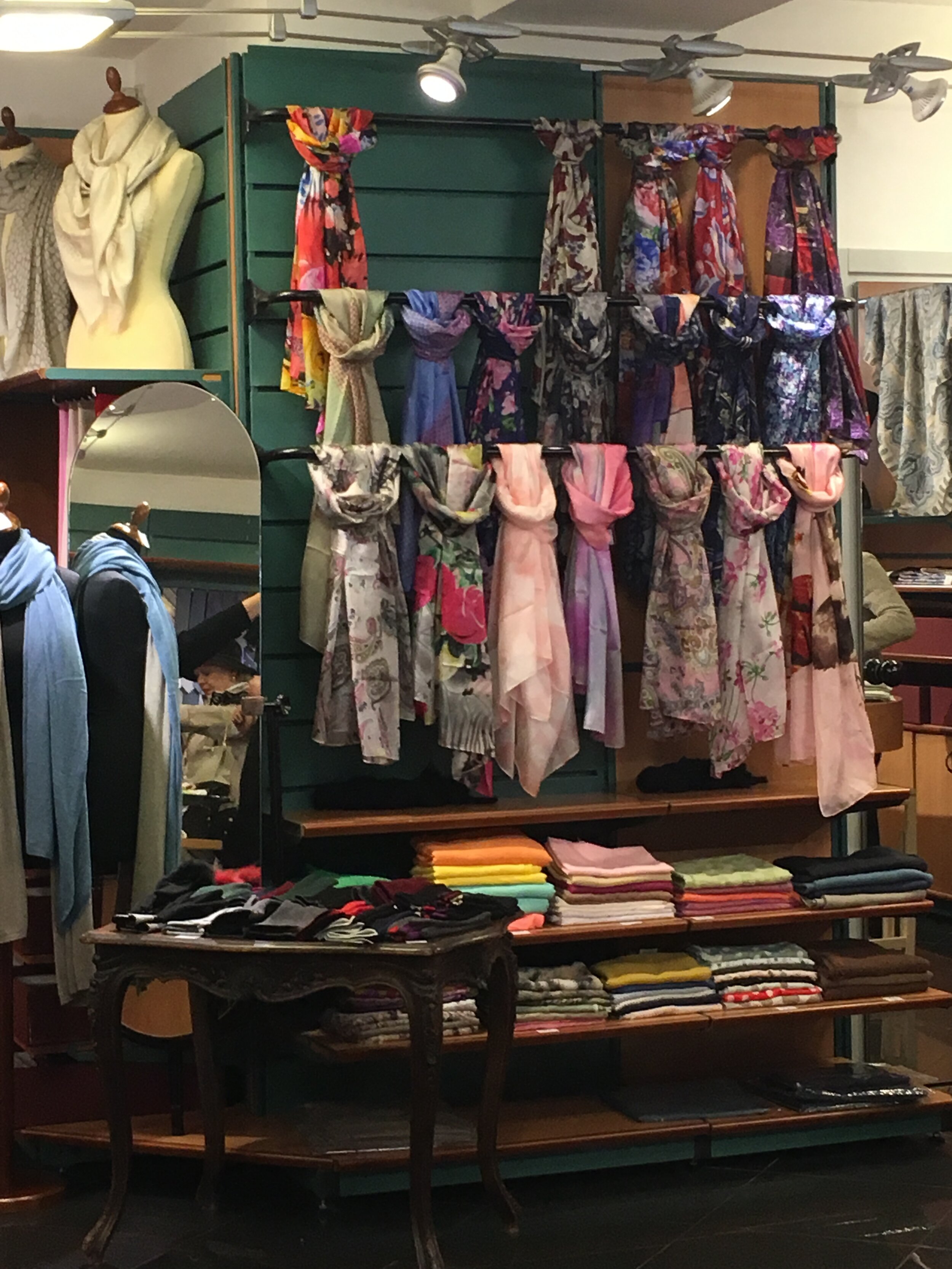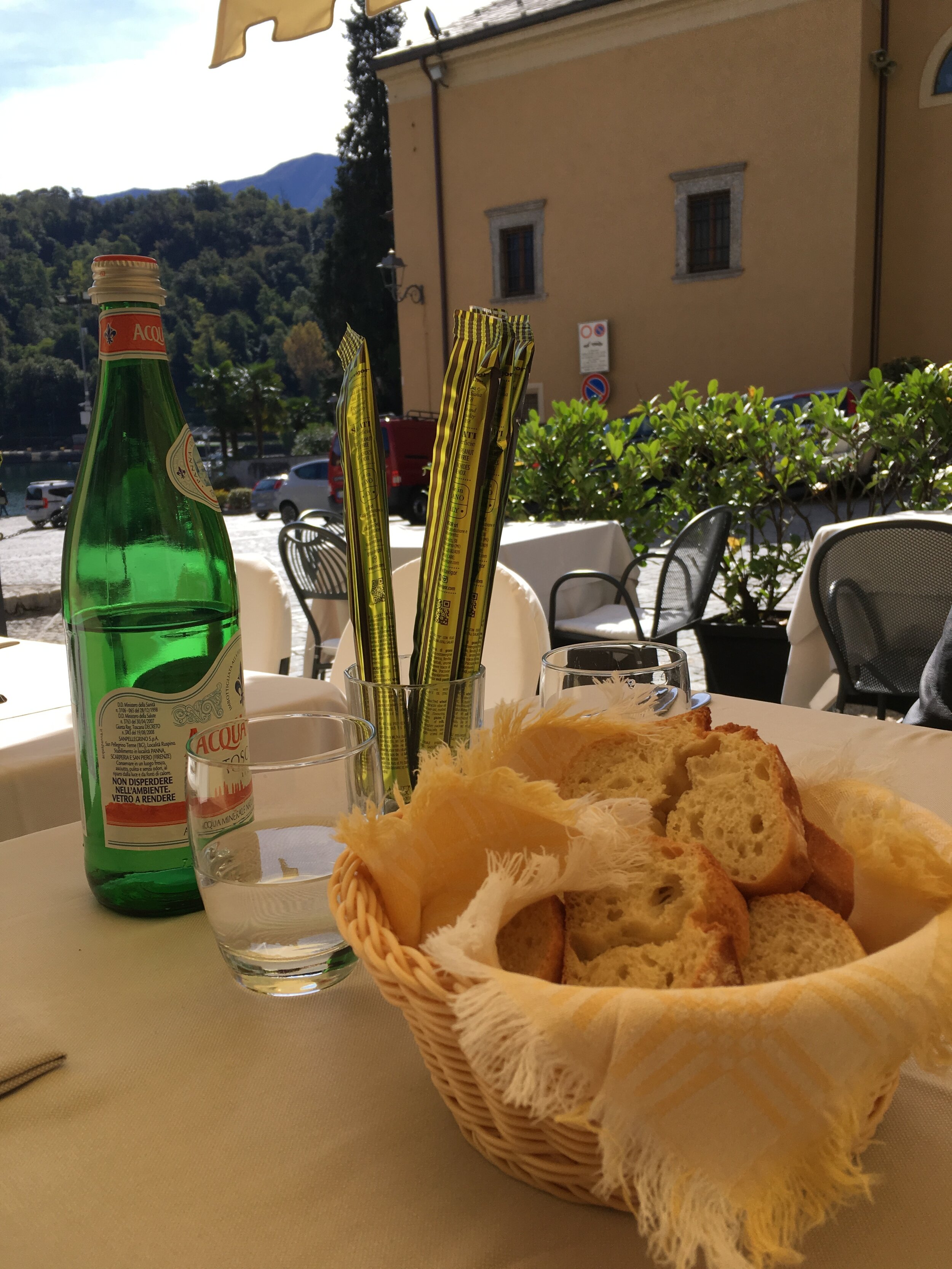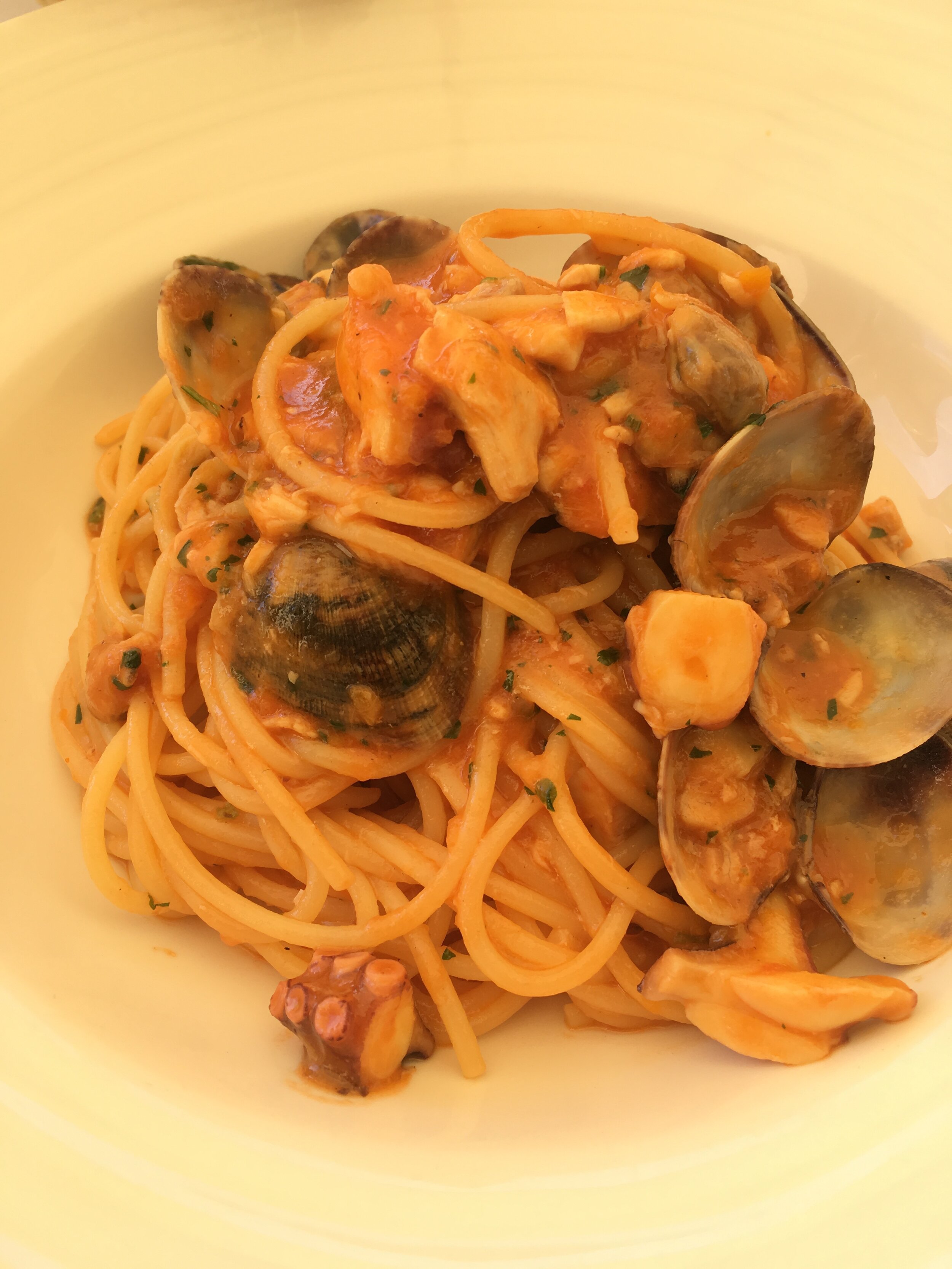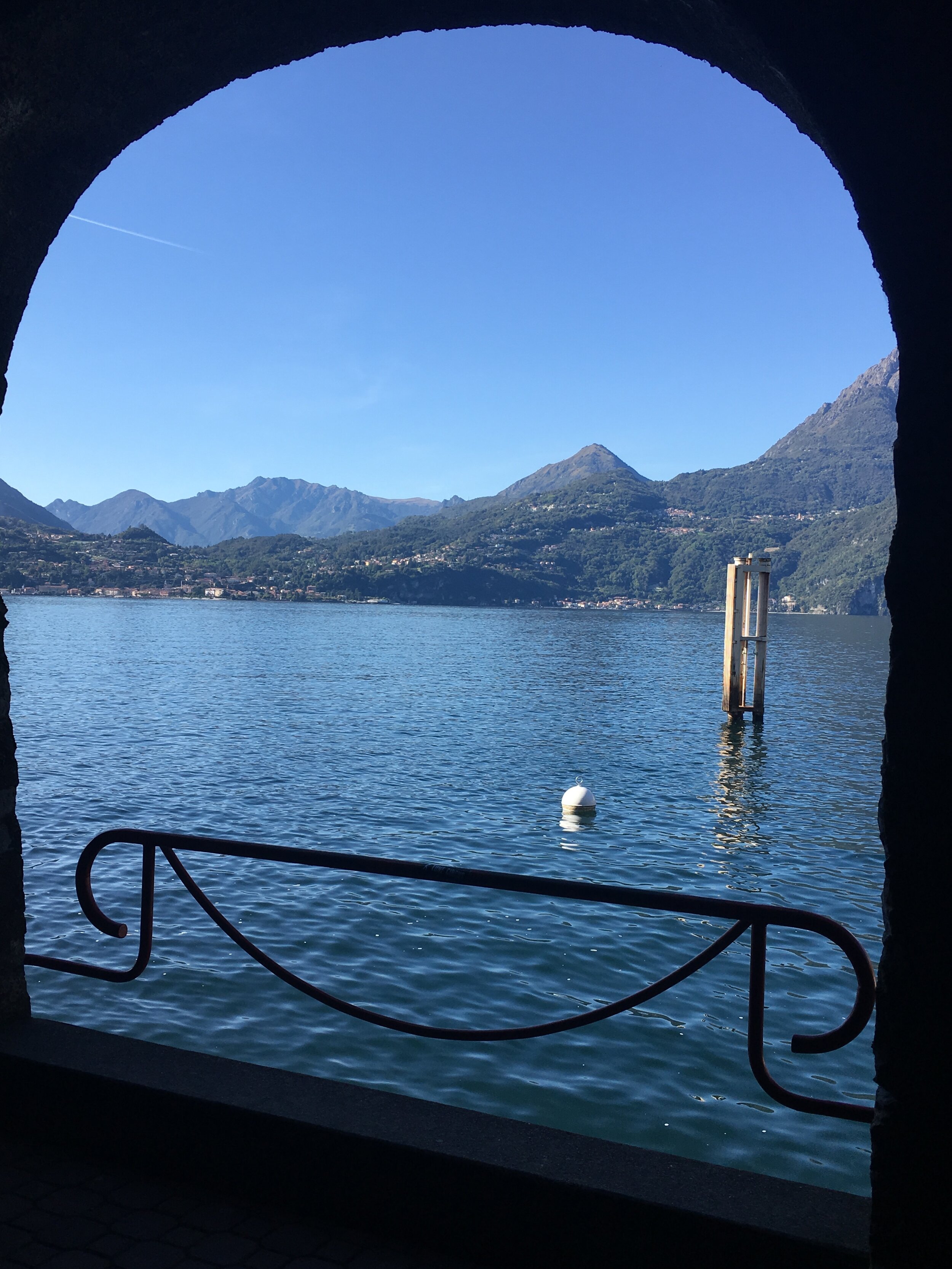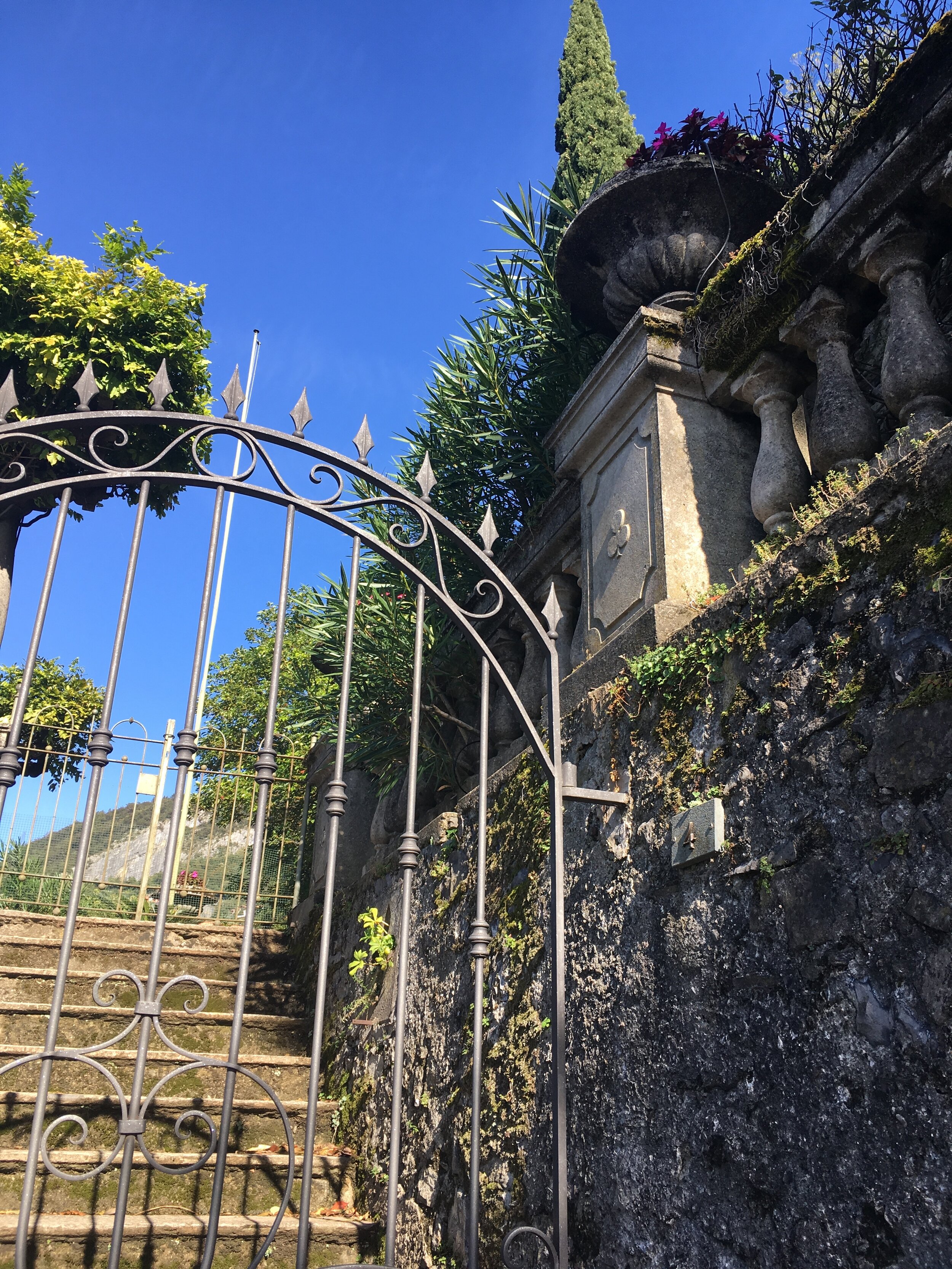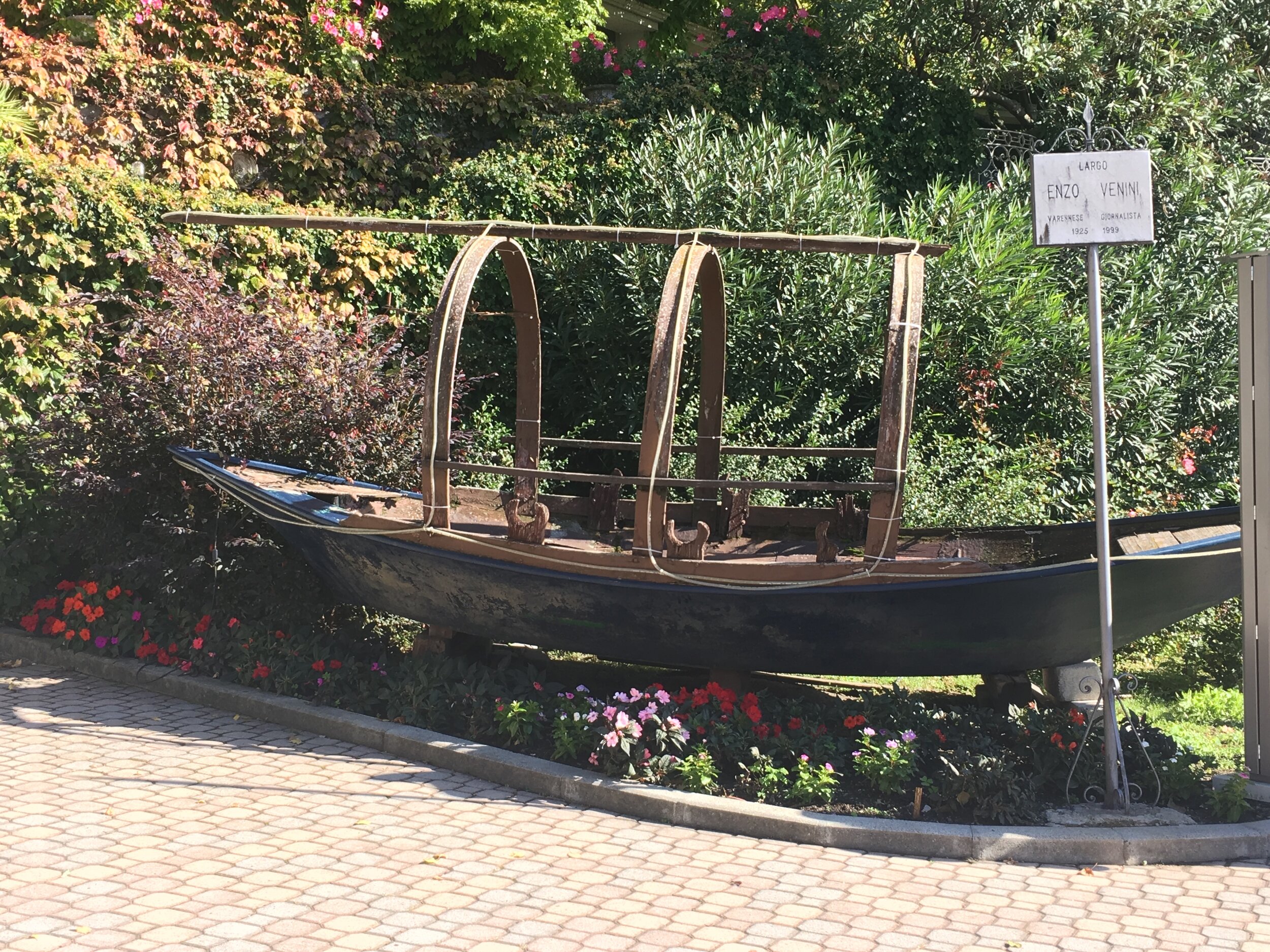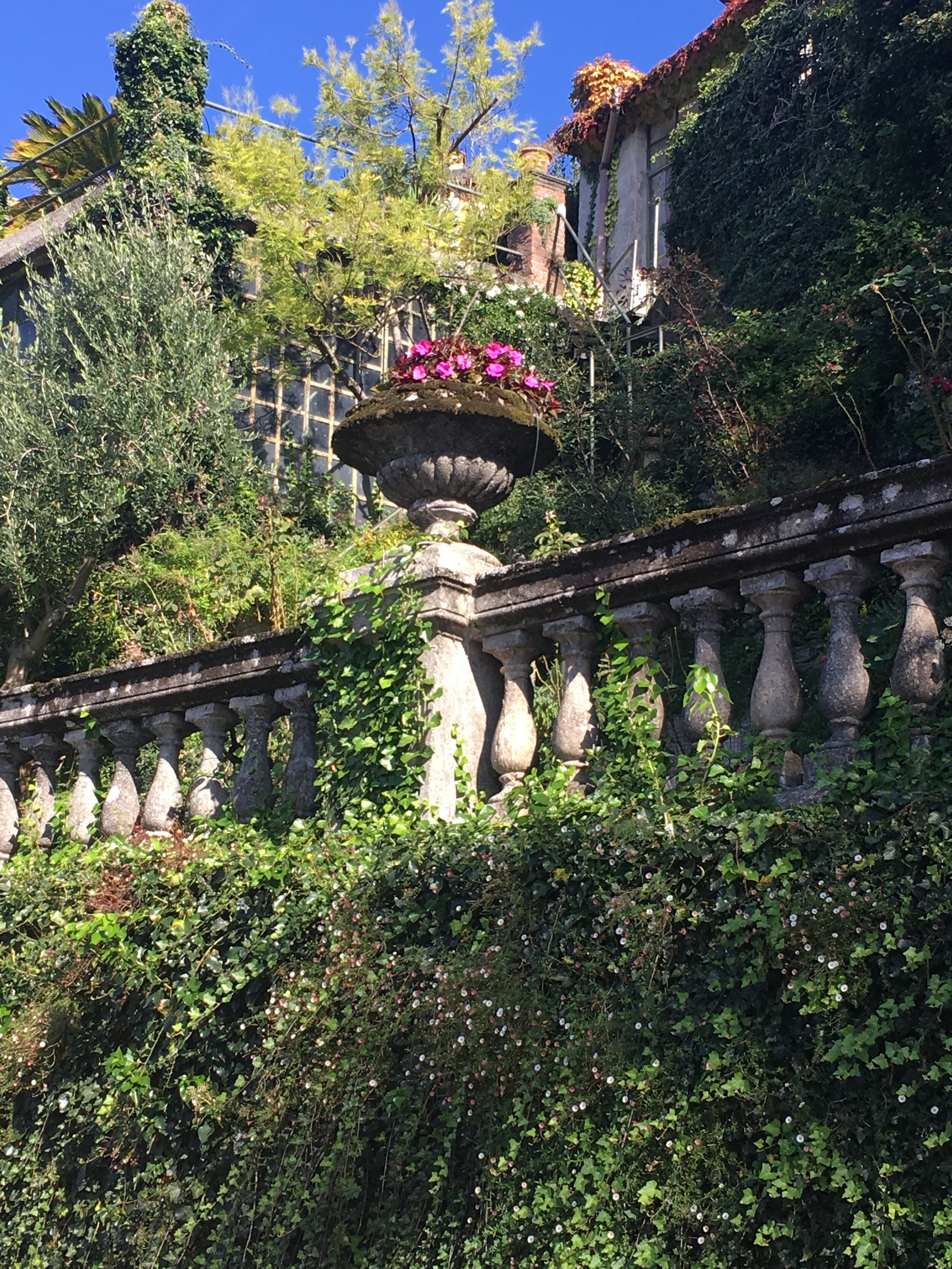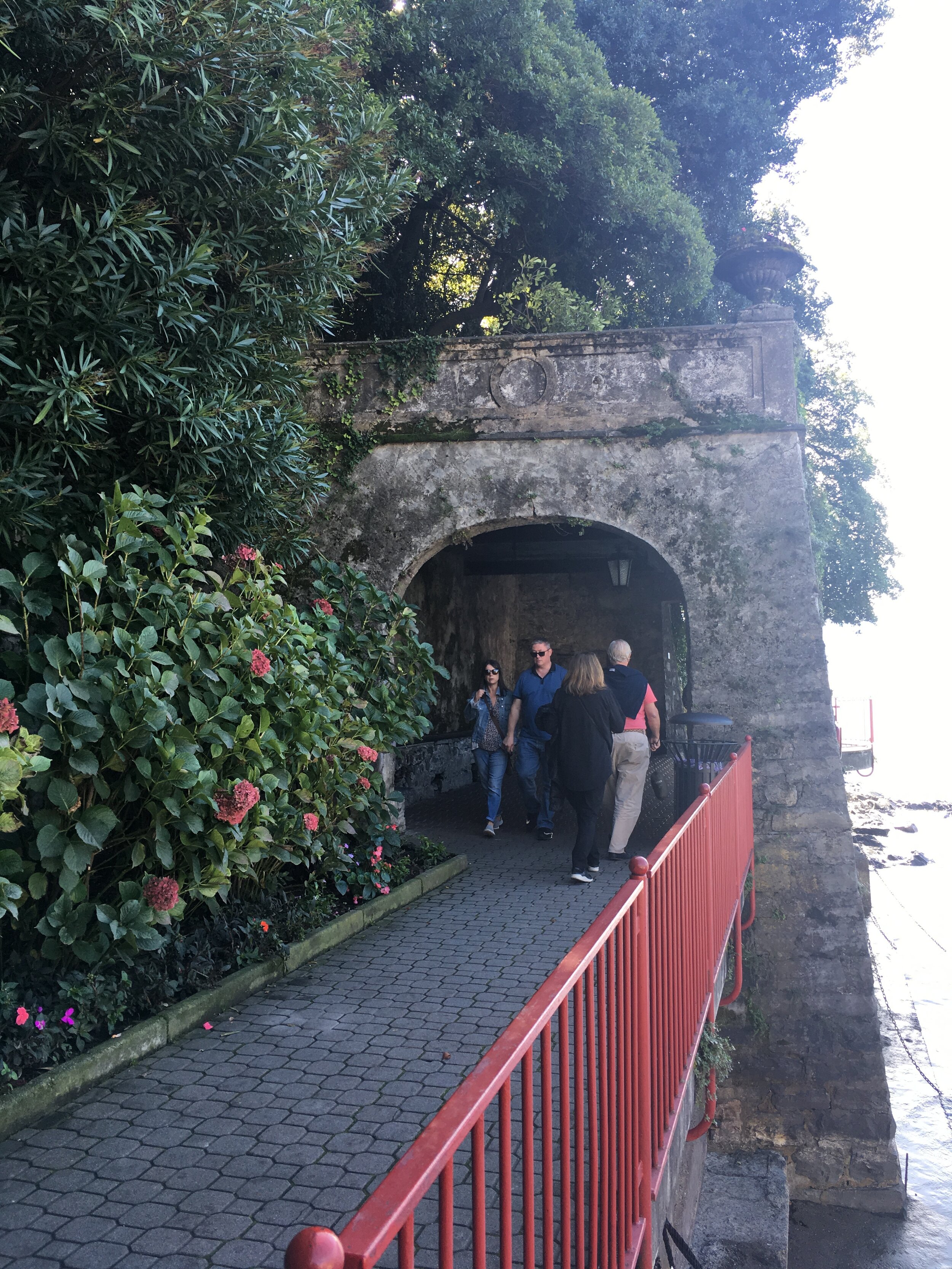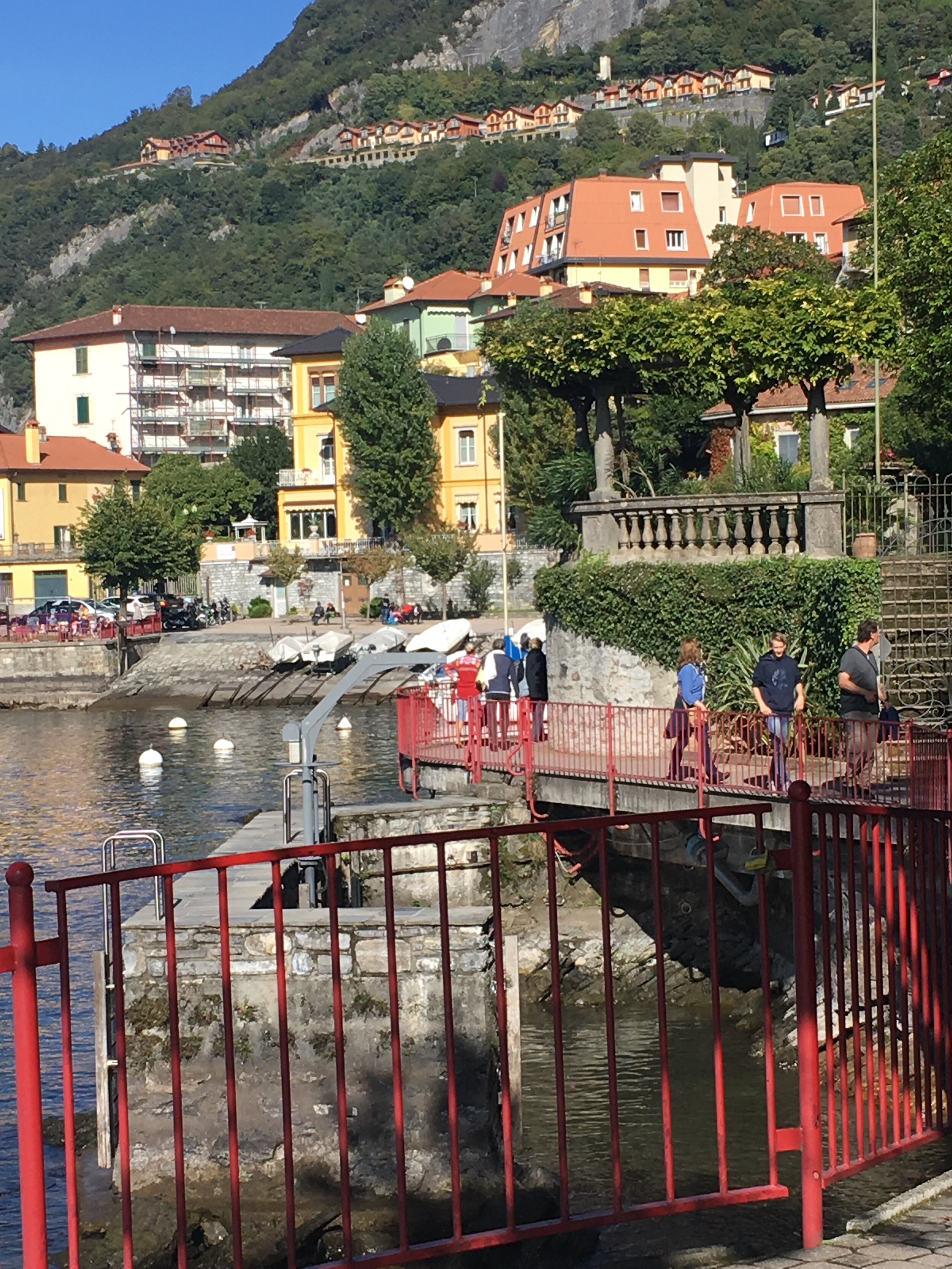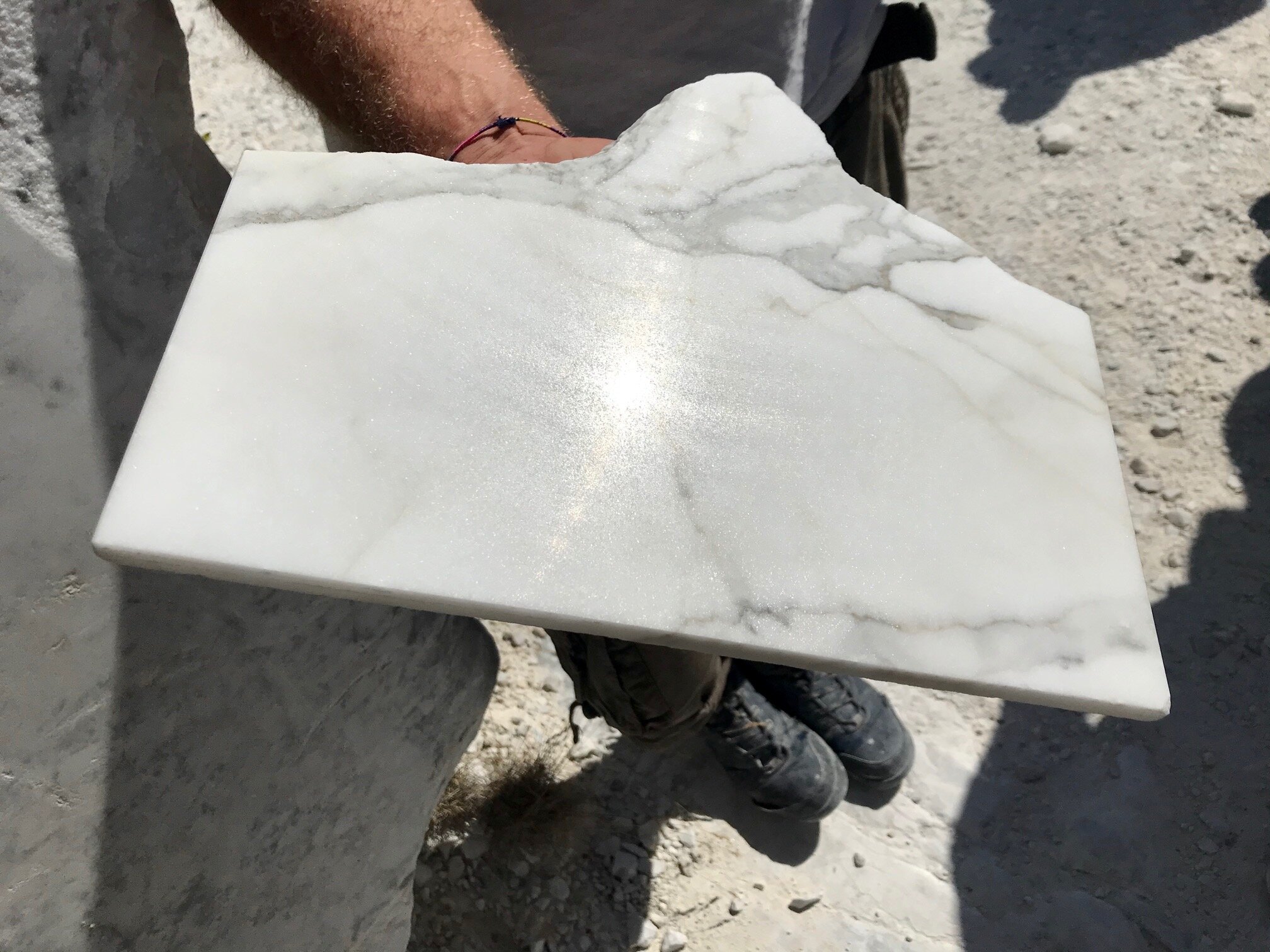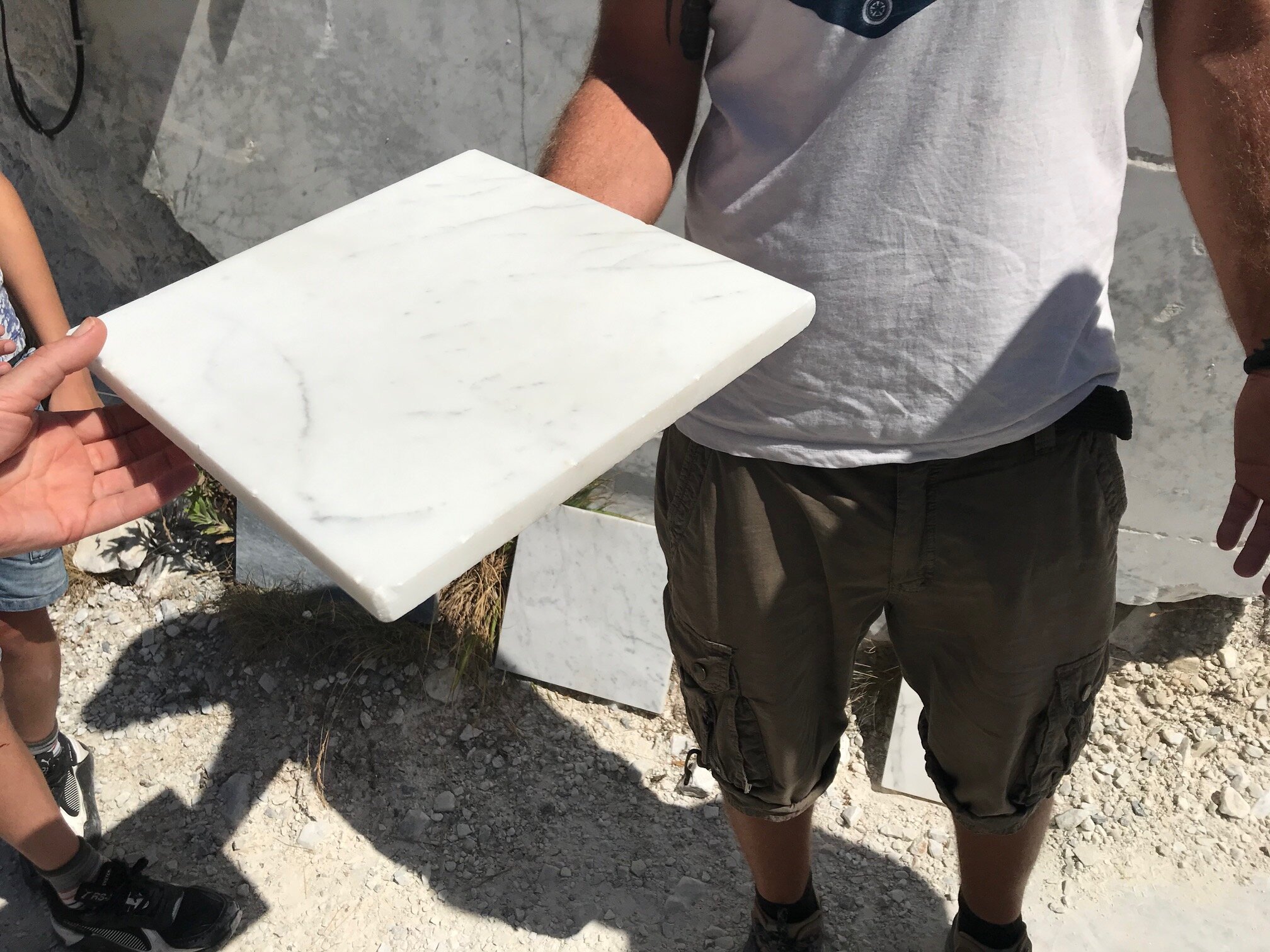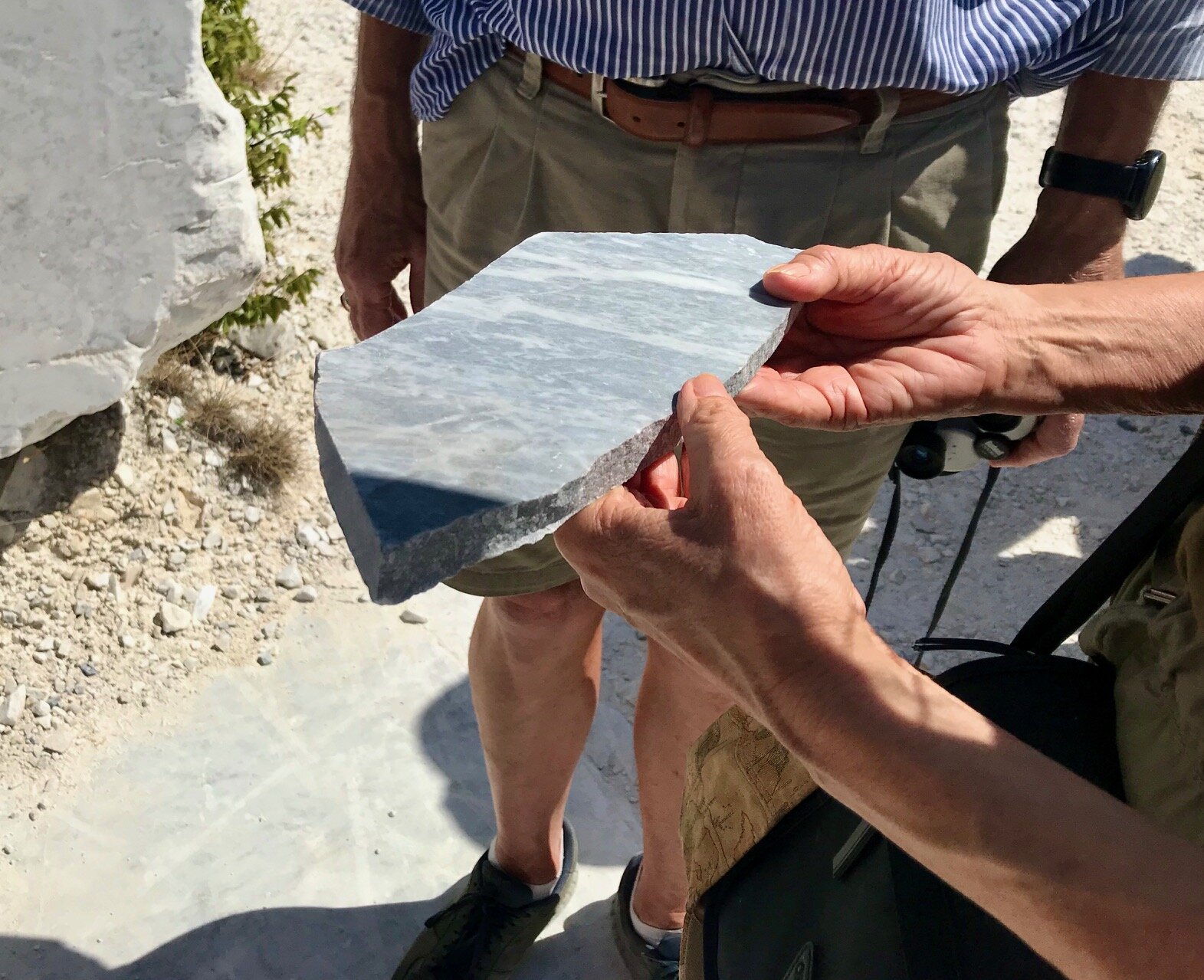From My Italian Kitchen: Muffins
We’ve all missed things during the last challenging months – family, travel, hugs (that’s a big one!), and getting together with friends to name a few. One of the things I’ve missed most is entertaining. Having friends over to my home, gathering interesting people around my table, is one of my favorite things to do. I take great pleasure in the preparations - working in the kitchen (baking, chopping, stirring = culinary therapy). I also enjoy picking out just the right dishes, arranging flowers, and setting a pretty table in anticipation of guests arriving. How I’ve missed this during the months when we were not allowed to have people over to our homes! Luckily, those times are past and now we can open our homes to friends – as long as the groups are small and everyone is well. Social distancing means I can fit only 2 or 3 guests around my table. That size group is perfect for one of my favorite ways to entertain – the morning coffee or brunch.
For me, morning gatherings always call for muffins, whether I’m baking in my tiny Italian kitchen or my slightly larger one in New Mexico.
Lemon glazed muffins - my favorite.
I almost always start the menu with muffins, add a pretty bowl of fruit, perhaps some yogurt or an egg dish. Combine with coffee, tea (perhaps a mimosa), plus a couple of good friends and you’ve got the perfect socially distanced morning get together. Since I’ve hosted brunches in both Italy and New Mexico this summer, both featuring muffins, I thought I would share some of my favorite recipes.
Summer ripe strawberries with a little sweetened cream cheese go well with lemon glazed muffins
First up, Lemon Glazed Muffins. I think of these as Italian muffins, both because the bright lemony flavor reminds me of summer in Italy and because I made them for the first time in the toaster oven in my tiny Italian kitchen. The recipe is adapted from a lemon quick bread; with some small changes it became muffins. The recipe makes a dozen, but is easily halved to make 6. It is hands down my favorite muffin!
1 medium lemon (pick a juicy one!) You’ll need the grated zest and 4 ½ teaspoons of juice.
1 ½ cups flour
1 teaspoon baking powder
½ teaspoon salt
1 cup sugar (plus another 2 tablespoons for the glaze)
½ cup butter
2 eggs, slightly beaten
½ cup whole milk + 1 -2 tablespoons
Preheat oven to 350 degrees. Prepare a muffin pan (don’t use paper cups – they don’t work well with the sticky lemon glaze)
Grate the peel from the lemon and squeeze for juice, set both aside for now.
Combine flour, baking powder, salt, and sugar in a medium size mixing bowl.
Cut in the butter to make coarse crumbs and then stir in the grated lemon zest.
Beat the eggs slightly and add the milk. Stir the egg/milk mixture into the dry ingredients to moisten. (if too dry, add another tablespoon or two of milk).
Spoon batter into a prepared muffin pan and bake for about 25 minutes until tops are just golden. Cool 5-10 minutes on a rack and then carefully remove from the muffin tin.
Mix the reserved lemon juice with 2 Tablespoons sugar. Bring to a slow boil, cook and stir until slightly thickened, about 5 minutes. Brush the tops of each muffin generously with the lemon glaze. These are good while still warm or when cooled to room temp.
Another coffee get together - this time in New Mexico - with sugar crusted muffins and a plate of mango with blackberries. Yum!
Next, Sugar Crusted Muffins. I’ve been baking these muffins for over 50 years. Really! The recipe dates back to my 8th grade home economics class. Since then I’ve made them countless times and have adapted the recipe to make blueberry muffins as well. If only my 8th grade teacher could see me now! The recipe makes 9 generous or 12 smaller muffins.
1 ½ cups flour
2 teaspoons baking powder
½ tsp salt
½ cup sugar
¼ cup butter, melted. (plus another ¼ cup melted butter for dipping the baked muffins)
½ cup whole milk + 2 tablespoons
1 egg, slightly beaten
additional sugar and cinnamon for topping
Preheat oven to 400 degrees.
Sift flour, add baking powder and salt; resift and add sugar.
Combine melted butter with milk and beaten egg, beat slightly and add to dry ingredients. Mix just to moisten.
Spoon batter into prepared muffin tin. Bake for 15-20 minutes until the tops are firm and golden brown.
When cool enough to remove from pan, dip the top of each muffin into the melted butter (1/4 cup) and then into a small bowel with a sugar – cinnamon mixture (½ cup sugar and 1 tablespoon cinnamon).
The cinnamon and sugar topping make these muffins the perfect treat for morning coffee.
Blueberry Muffin Variation: Use ¾ cup buttermilk, cut in the butter rather than using melted butter, add a big scoop of blueberries. After spooning into the muffin tin (and before baking) sprinkle the tops with a little demerara sugar for extra sparkle and crunch. Doubling the recipe makes 1 and 1/2 dozen muffins.
Blueberry muffins were the star, alongside strawberries, for a brunch in New Mexico just before I left to return to Italy.
With fall quickly approaching, it’s the perfect time to fire up the oven and do some baking. I’m looking forward to sharing my next batch of muffins with friends, especially now that I am back in Lucca after a couple of months in the United States. And remember, in Italian the word for muffin is … muffin!
